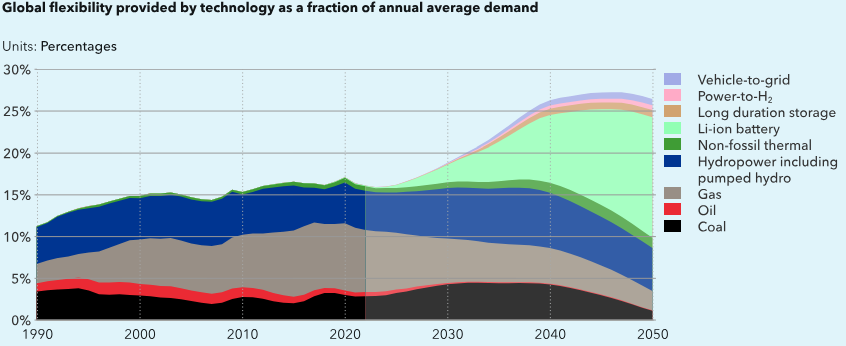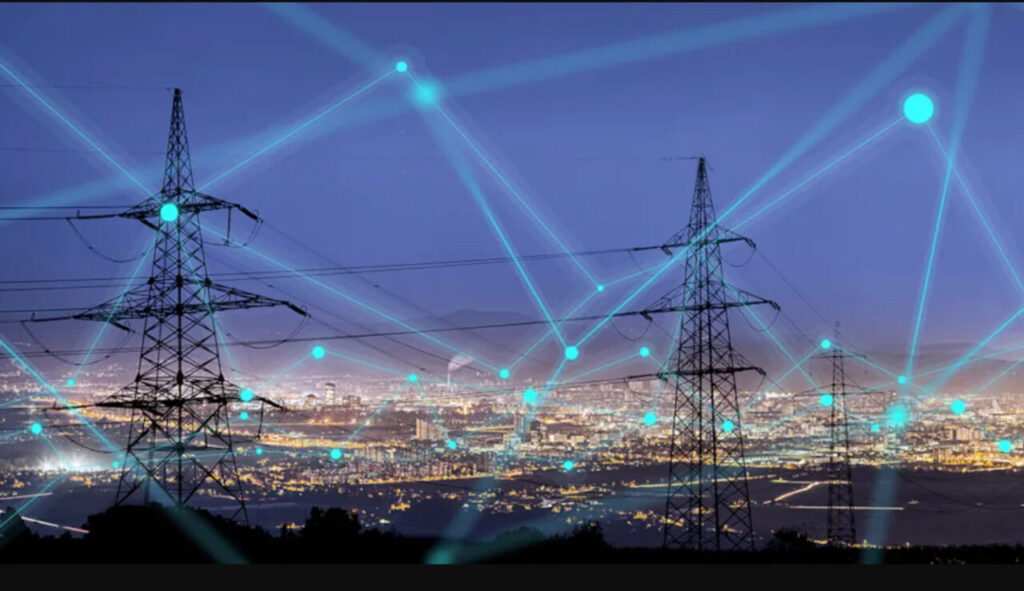Independent energy expert and assurance provider DNV has published its New Power Systems report showing that global electricity demand will double by 2050.
As reliance on fossil fuels drops, the Norwegian-headquartered consultancy finds that the pathway to a decarbonised energy system requires significant grid expansion, solutions for grid congestion and new business models to accommodate rising demand and generation from wind and solar.
The report concludes that grid expansion is affordable due to growing grid technology efficiency and the increased electricity load.
Global economic growth and the electrification of transport, heating and industry are all key drivers of the anticipated demand surge. Notably, the development of data centres – particularly for AI applications – will contribute to the increase.

By mid-century, electricity will constitute 37% of global final energy use, a substantial rise from 20% in 2023. Wind and solar energy are anticipated to generate half of the world’s electricity by 2040 and 70% by 2050 and the decarbonisation trajectory predicts that nearly 90% of electricity will be sourced from non-fossil sources by 2050.
Flexibility demands
As variable renewable energy sources (VRES) expand ninefold, the need for short-term flexibility will double. DNV says fluctuating demand from some sectors, like heat and transport, will require new ancillary services such as synthetic inertia products and fast frequency response. Market and regulatory frameworks will also need to be adapted to support these technologies.

The report does not forecast the power demand of data centres serving AI applications globally, but DNV will present an estimate in its 2024 Energy Transition Outlook later this year. In theory, AI has the potential to introduce efficiencies in both the provision and use of power.
Remi Eriksen, group president and CEO at DNV, said: “Deep digitalisation, including the application of AI, is crucial for managing the increased complexity of a renewable-dominated power system.
“There will be a rapid growth in both information technology and operational technology in the coming years, which must be supported by a robust approach to risk management, particularly in cyber security, to reap the benefits of the new power systems.”
Energy storage will also be a core system component. Achieving the necessary level of flexibility will require innovative market designs and advanced tariff schemes to incentivise automated demand response, vehicle-to-grid (V2G) and behind-the-meter storage systems. Lithium-ion battery technology is set to play a dominant role in this segment, offering three times more storage capacity than hydropower and pumped storage by 2050.
Grid expansion
Global grid capacity needs to grow 2.5 times its current size, and annual expenditure on grids must more than double to US$970 billion (£760 billion) by 2050.
Despite a rise in global grid expenditures from 15% to over 25% of annual energy expenditure by 2050, efficiencies in grid technology and increased electricity distribution will likely keep consumer grid charges stable or declining in most regions.
Although it is difficult to project future electricity unit costs, DNV says consumer prices are unlikely to rise as suggested by the consistent decline in renewable power costs.
Ditlev Engel, CEO of Energy Systems at DNV, said: “There will be no transition without transmission. The new energy system will require data-driven solutions and policies that address all interconnections, from permitting to the integration of AI and cyber-resilience. Planning for a new wind farm must include a strategy for grid connection; similarly, GETs and new wire integrations require IT upgrades at most control centres.”
Engel adds: “The pathway to a decarbonised power system is clear: renewables integration and grid expansion require significant investment, innovation, coordination, and commitment from all players, especially governments. As the world moves towards a greener future, addressing these challenges with a systemic and forward-thinking approach will be essential for a successful energy transition.”






